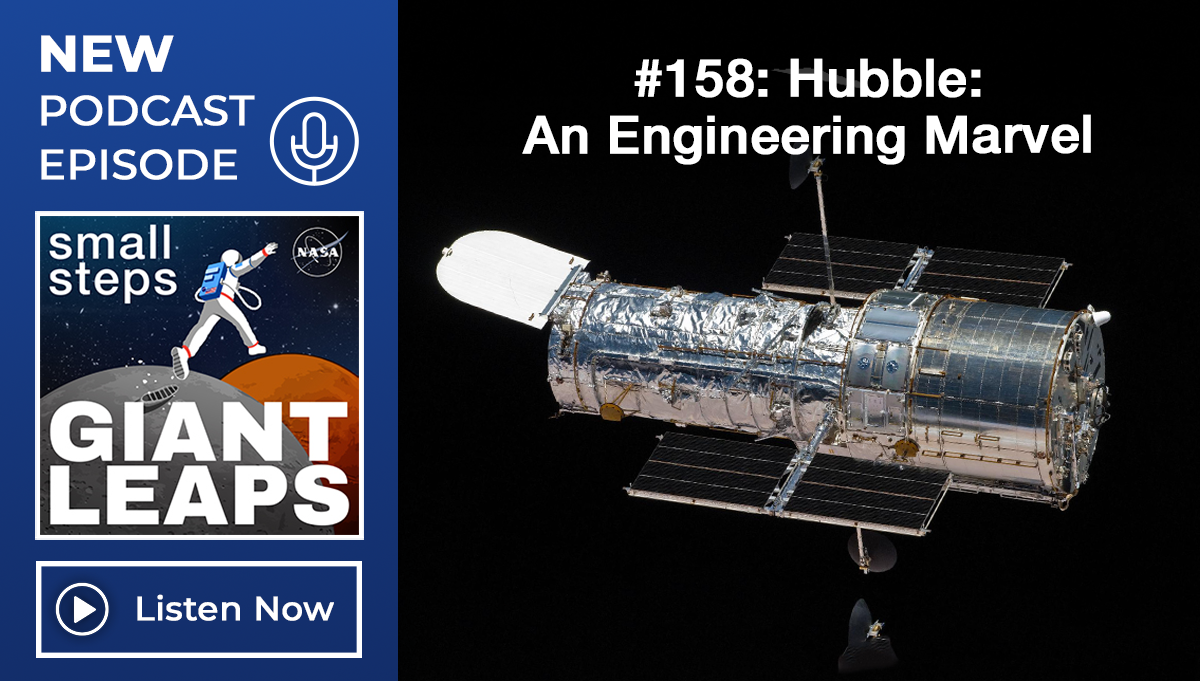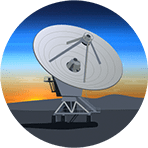August 30, 2012 Vol. 5, Issue 8 With over 100 years of combined aerospace experience, Jack Boyd and Hans Mark have seen it all—and today looks different than the past.
APPEL News Staff
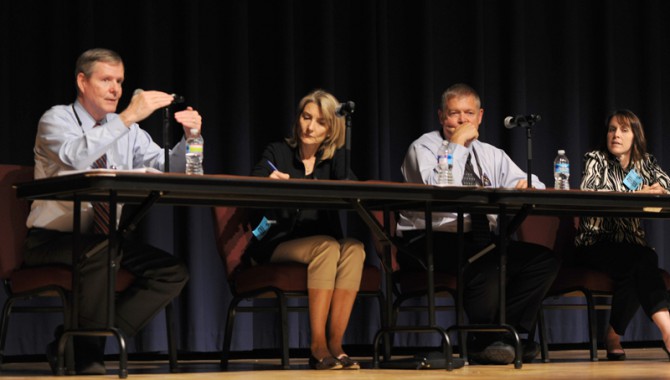
August 30, 2012 Vol. 5, Issue 8 “How do we create a culture where the most important thing is to share the expertise and the wisdom that we have?” Ed Hoffman asked the audience at the Goddard Organizational Silence Forum in July.
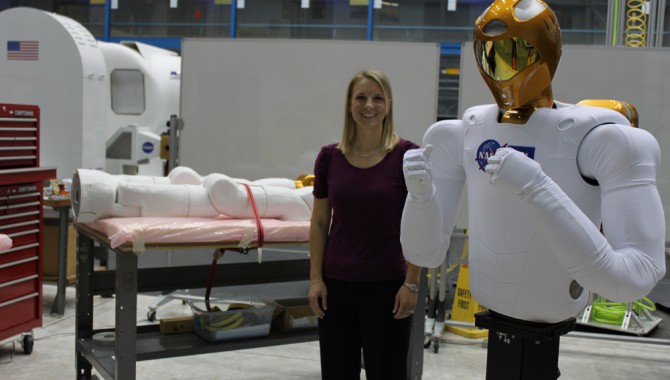
October 31, 2012 Vol. 5, Issue 10 Straight out of graduate school, Carolynn “C.J.” Kanelakos had the opportunity to build Robonaut 2’s lower half. On February 24, 2011, Robonaut 2 (R2), the NASA-General Motors humanoid robot torso, launched to the International Space Station (ISS). With its state-of-the-art dexterity, unmatched weight-lifting capability, and slick helmet, R2 […]
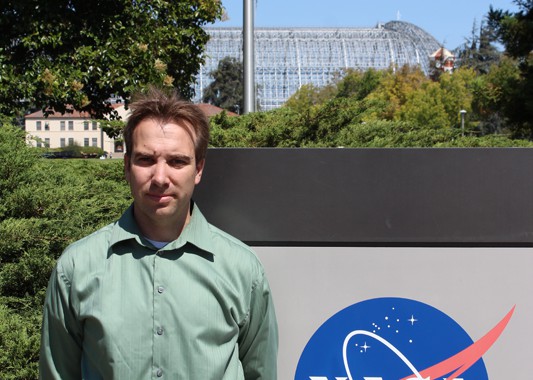
August 30, 2012 Vol. 5, Issue 8 Interacting with international partners is critical to the success of the next-generation workforce, according to Kevin Stube.
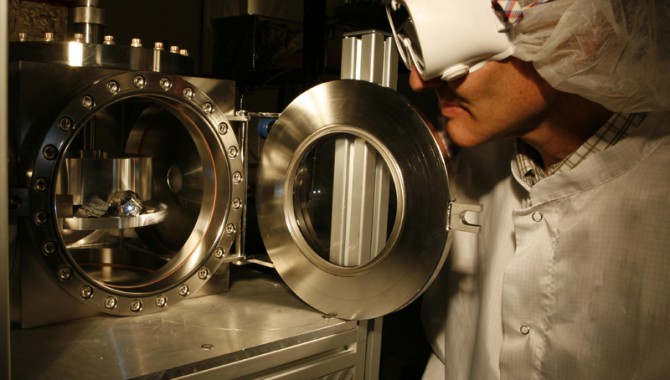
August 30, 2012 Vol. 5, Issue 8 Key job considerations for industry young professionals have experienced a notable shift in Aviation Week‘s third annual survey.
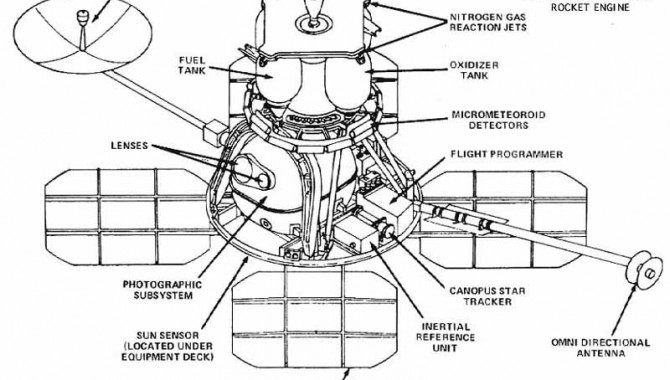
August 30, 2012 Vol. 5, Issue 8 The 3,000-plus images captured by the Lunar Orbiter Program from August 1966-August 1967 were critical in paving the way for the first manned flight to the Moon.
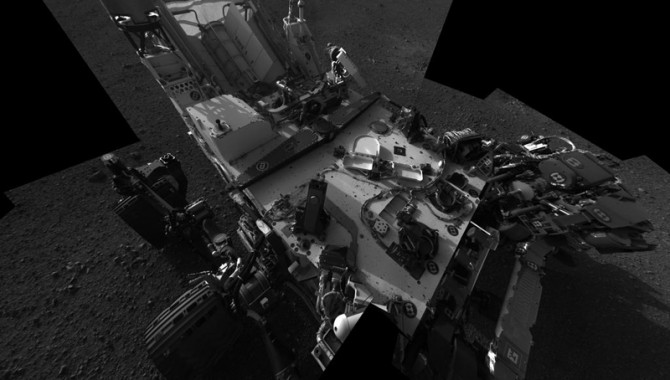
August 30, 2012 Vol. 5, Issue 8 Knowledge is all around us at NASA. So why do we need a knowledge strategy?
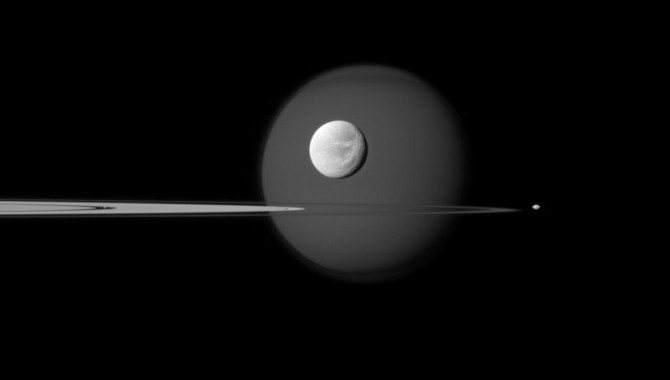
July 31, 2012 Vol. 5, Issue 7 The year was 1993—and something wasn’t right.
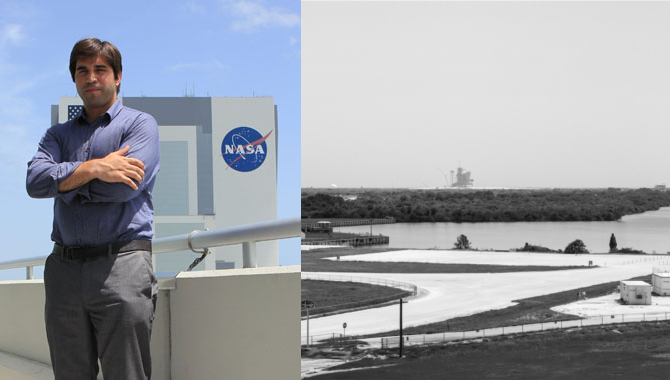
July 31, 2012 Vol. 5, Issue 7 ESA young professional Julio Aprea learns that when it comes to managing international projects, theres rarely one right answer.




